Health & Social Care: Effective Communication Training Report
VerifiedAdded on 2021/05/30
|13
|997
|53
Report
AI Summary
This report delves into the importance of effective communication within health and social care organizations, emphasizing the need for robust training programs to equip healthcare staff with the skills to address client grievances and needs effectively. It highlights the significance of adapting communication styles for both staff and patients, underscoring the value of patient satisfaction surveys. The report explores various communication theories, including humanistic, behaviorist, cognitive, and psychoanalytical approaches, detailing how these theories can be applied in practice to improve patient-centered care. Furthermore, it outlines effective communication strategies for professionals interacting with hearing-impaired patients and identifies common barriers to communication, such as medical jargon and linguistic differences. The document also addresses the management of interpersonal and inappropriate communication, stressing the importance of maintaining confidentiality and data security. Finally, it suggests strategies for supporting individuals with specific communication needs, such as those with hearing, visual, or intellectual disabilities, advocating for tailored communication techniques to enhance understanding and engagement. Desklib offers a wealth of similar resources for students seeking support in their studies.
1 out of 13
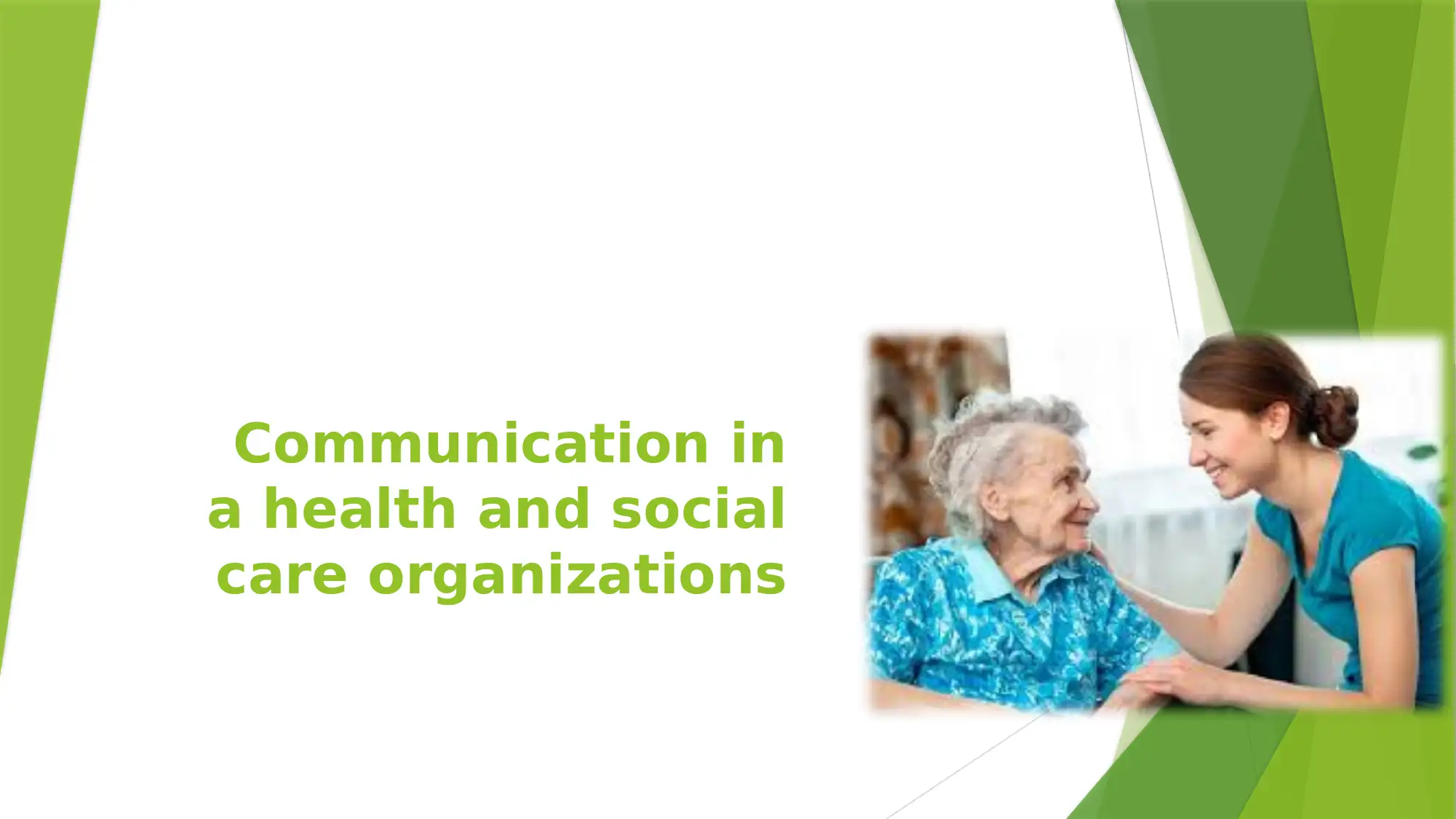
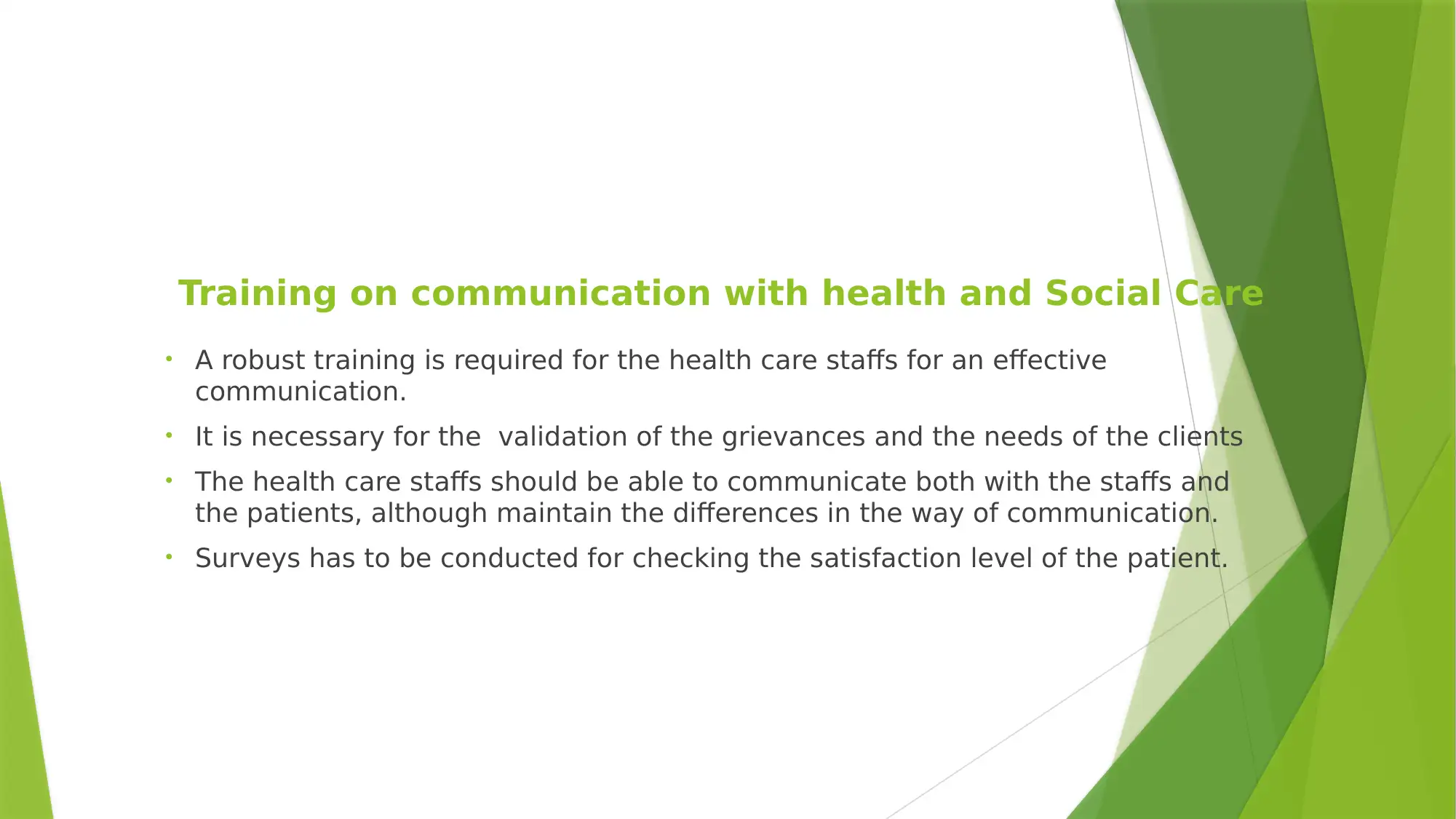
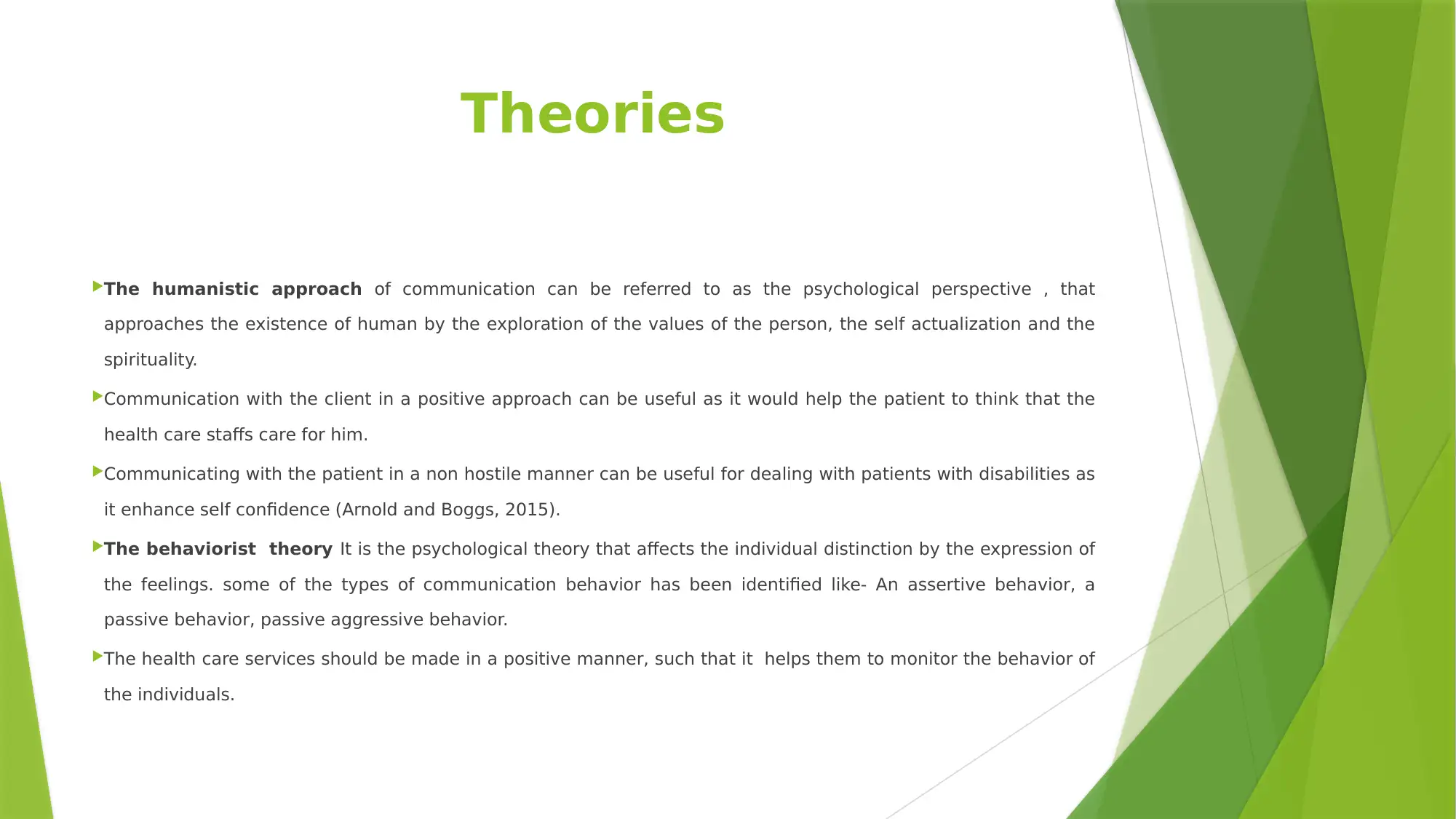

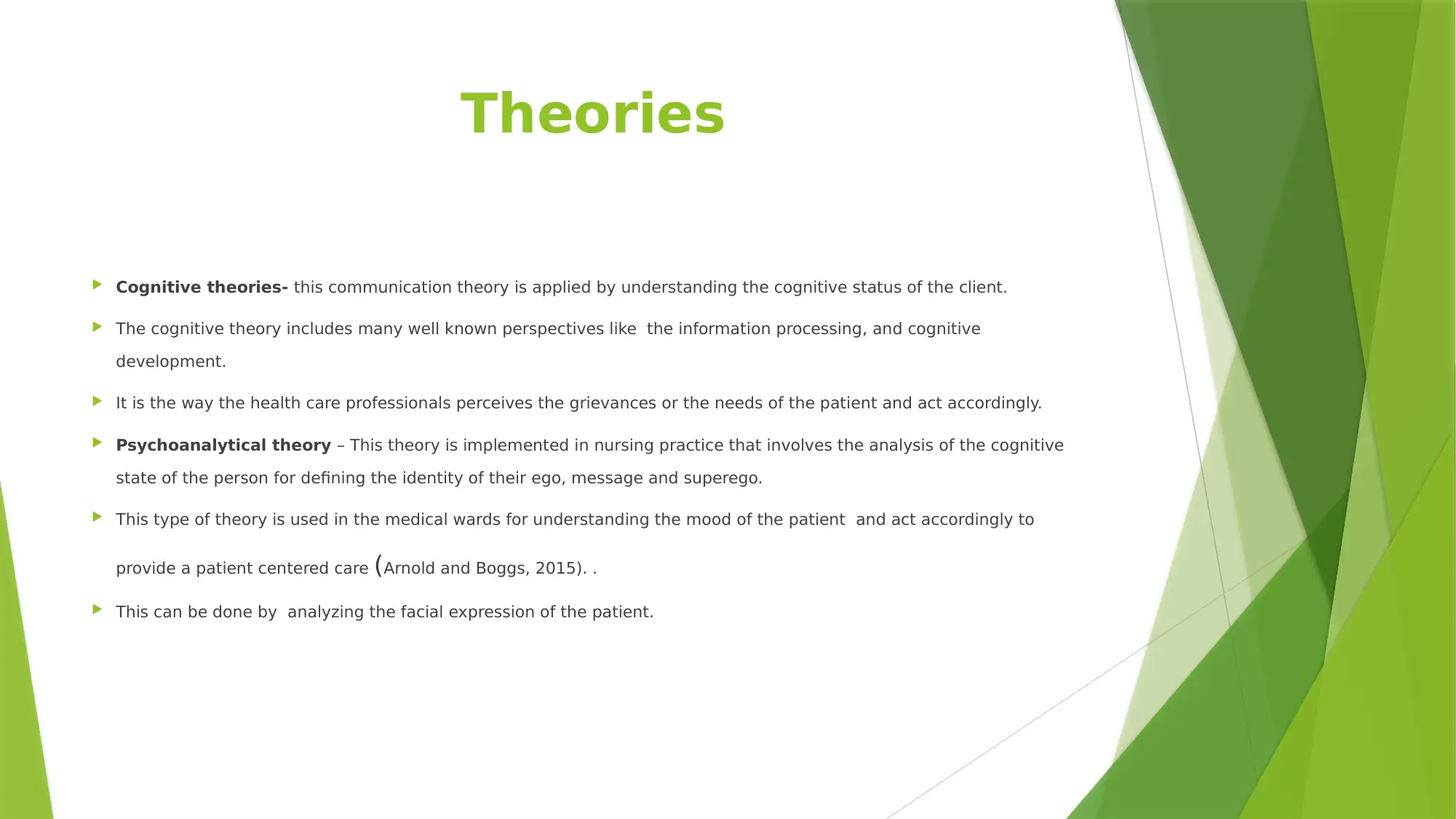
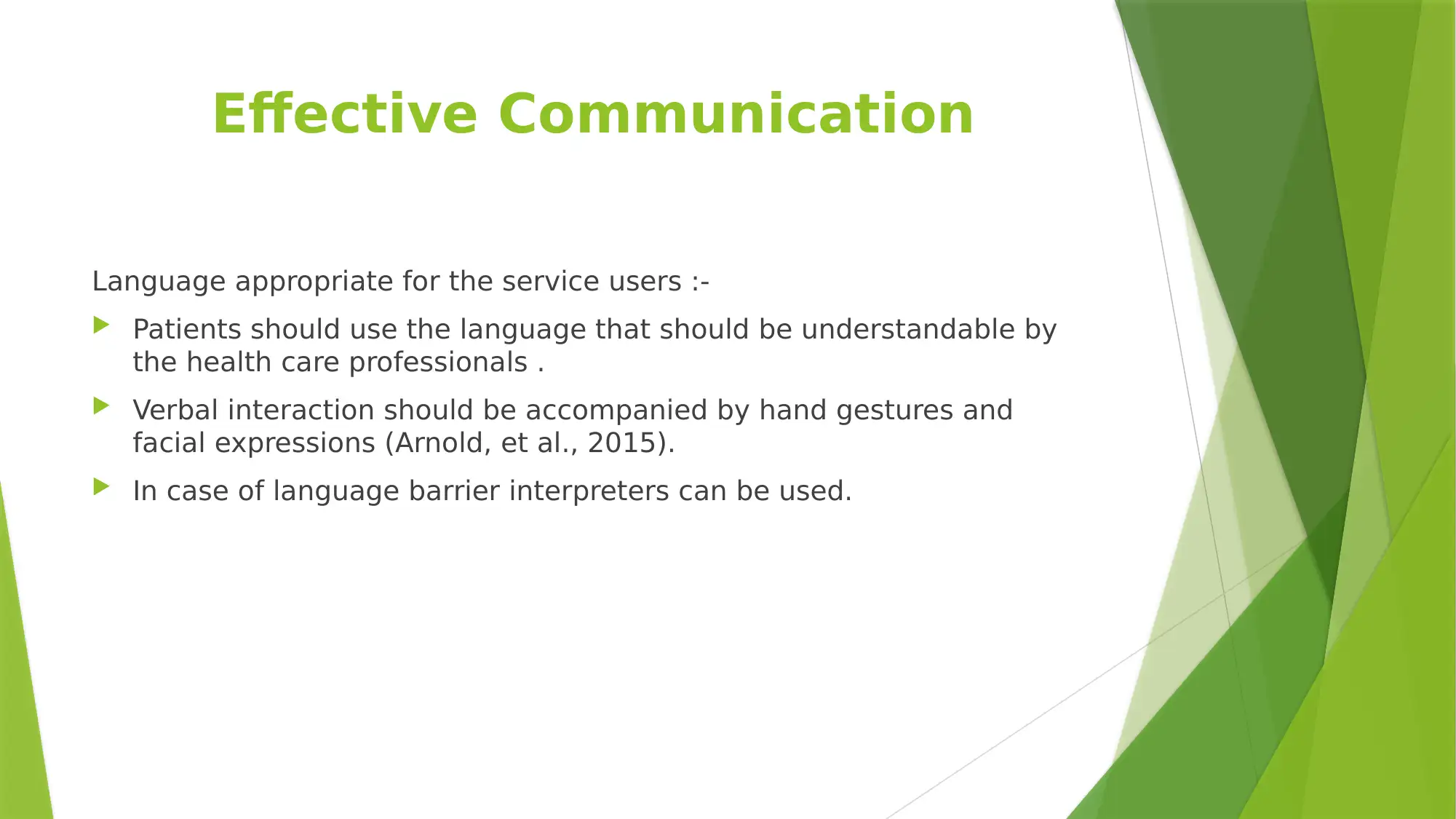
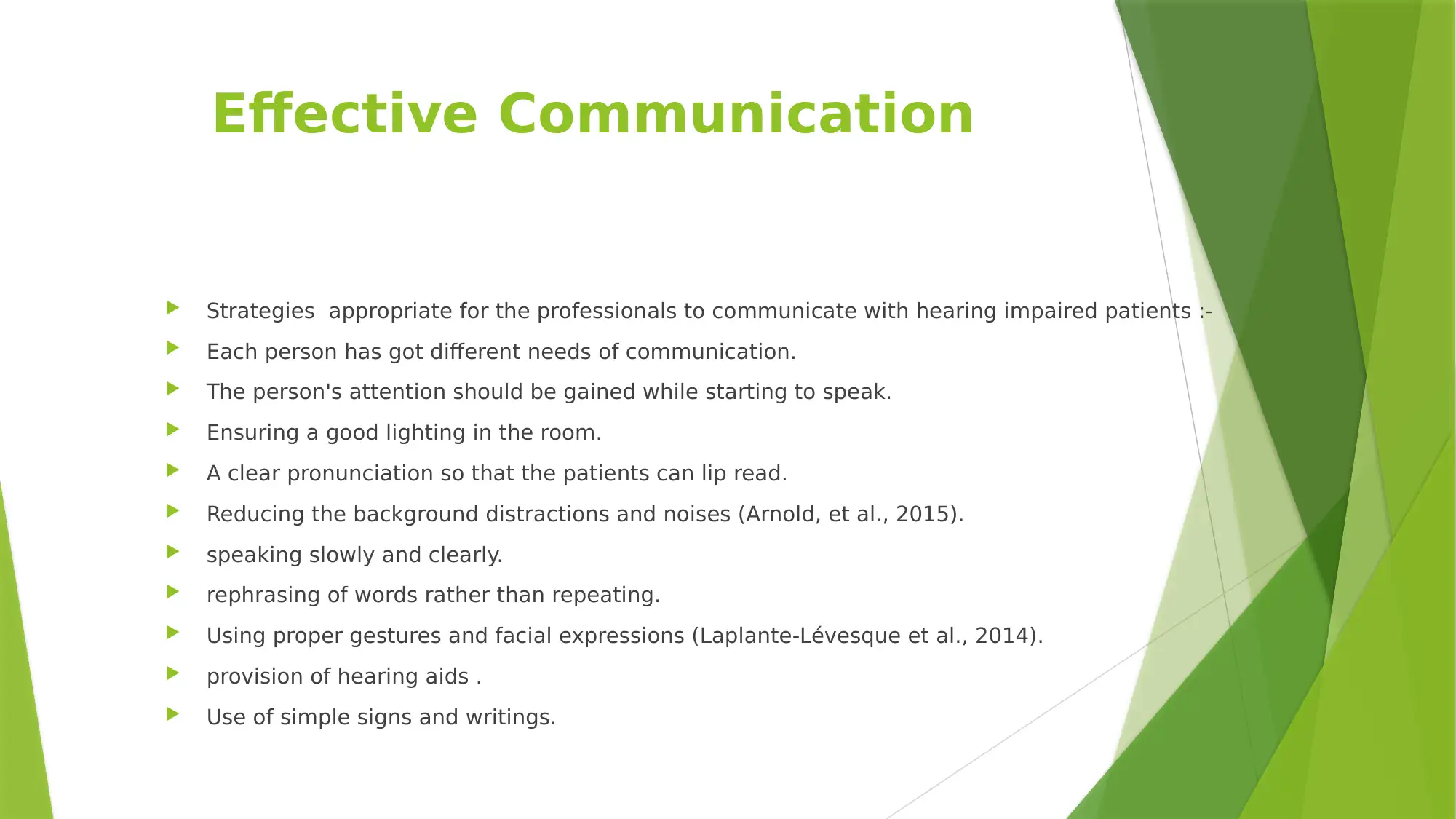
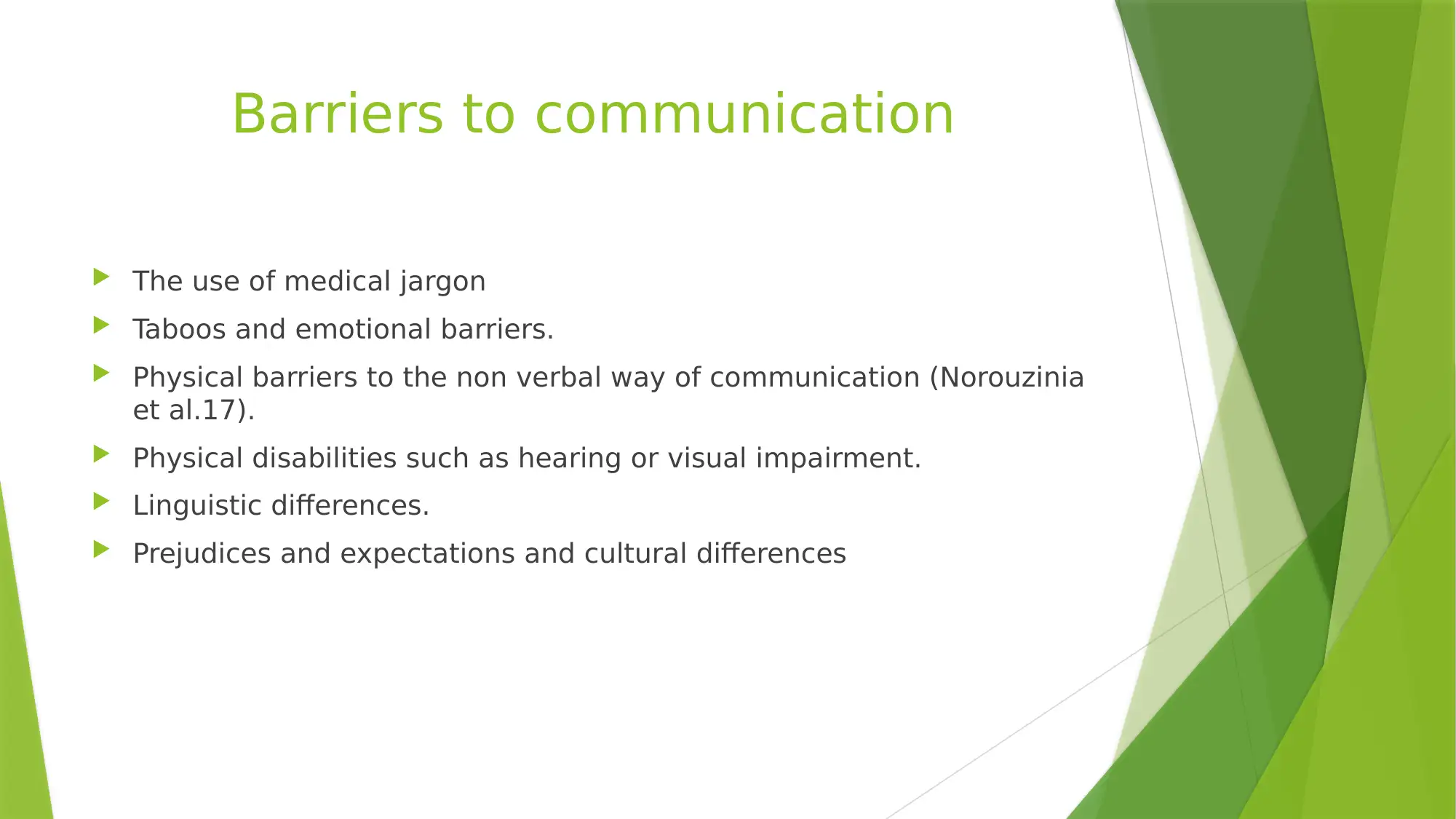
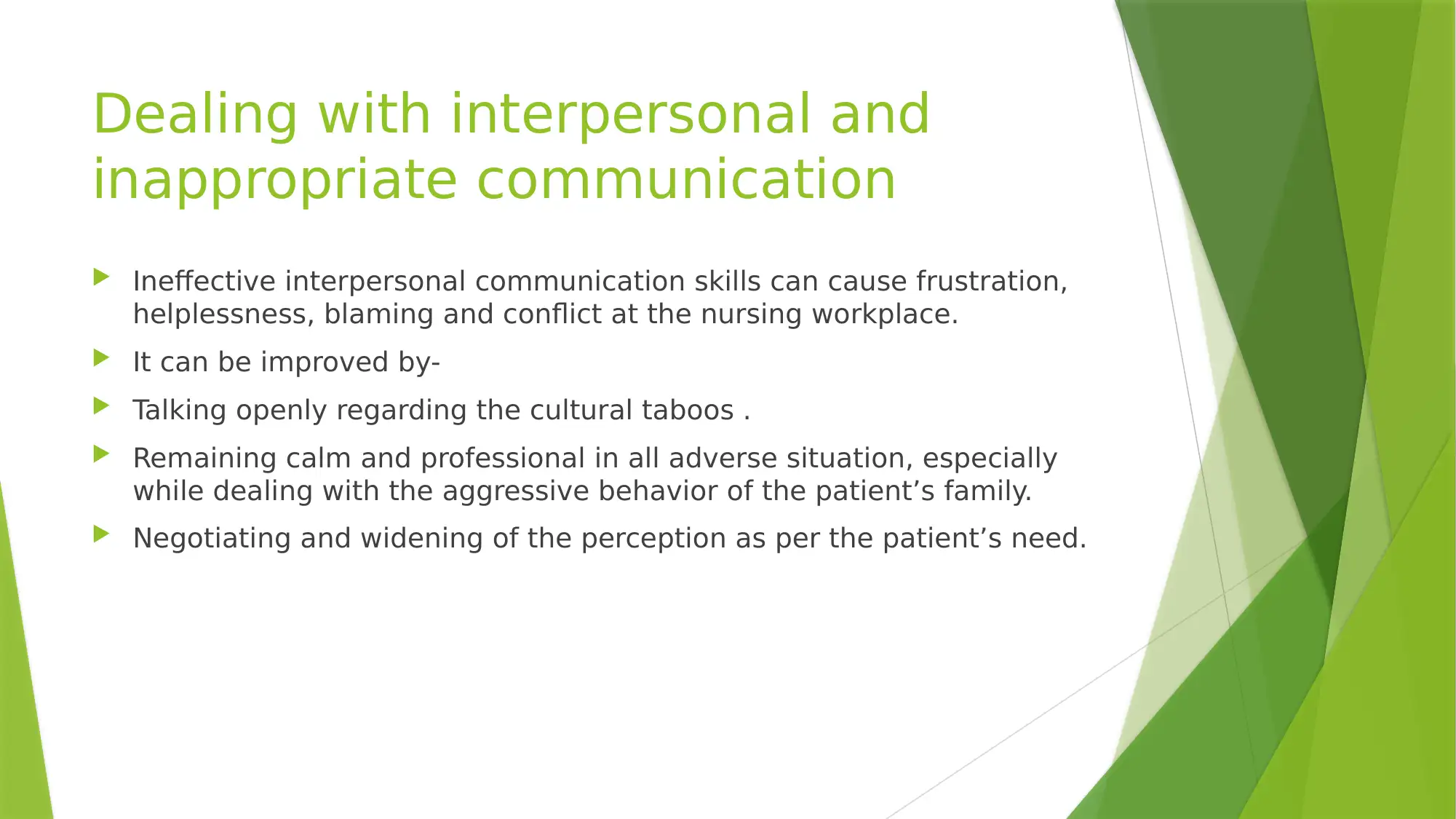
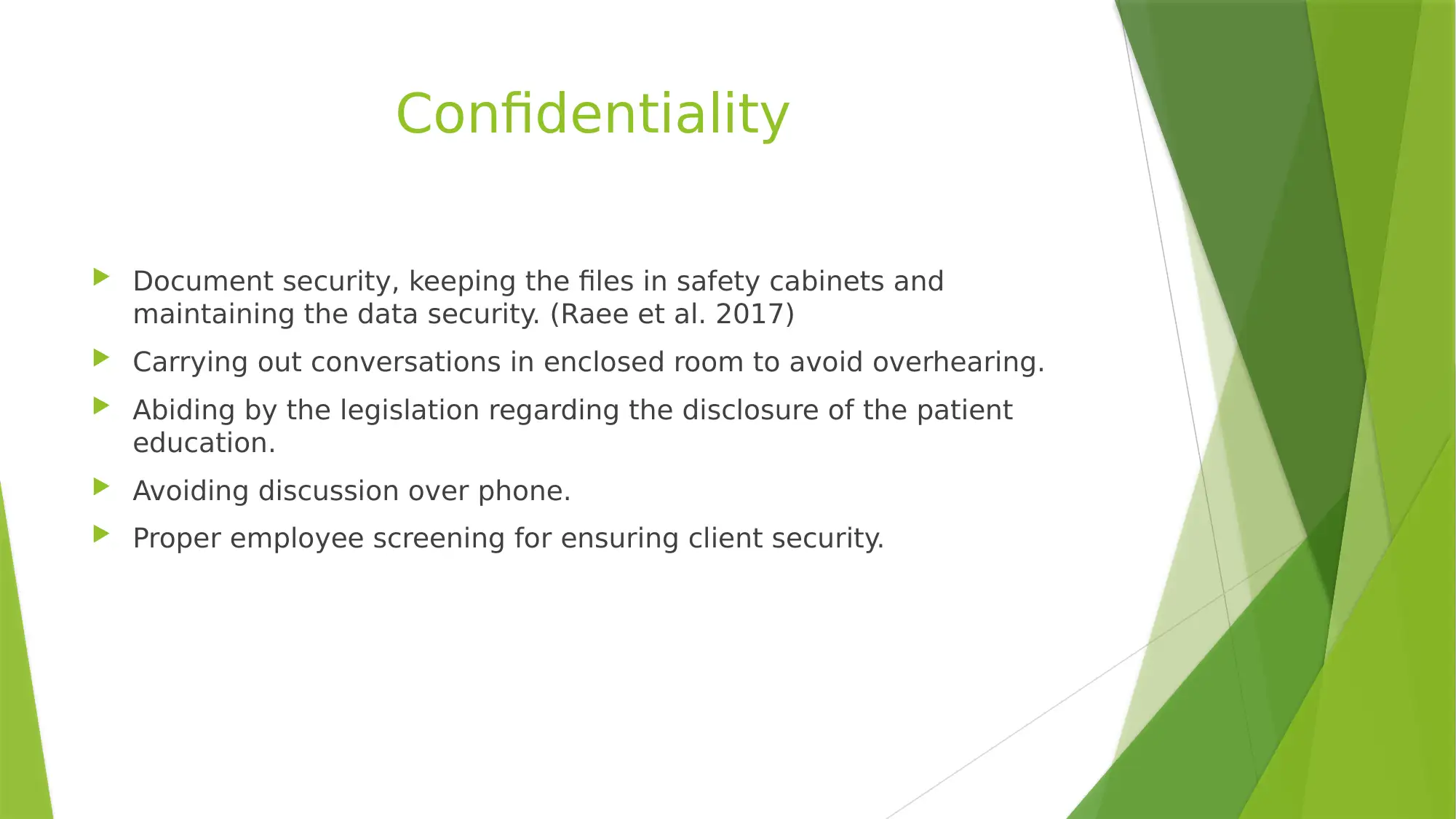
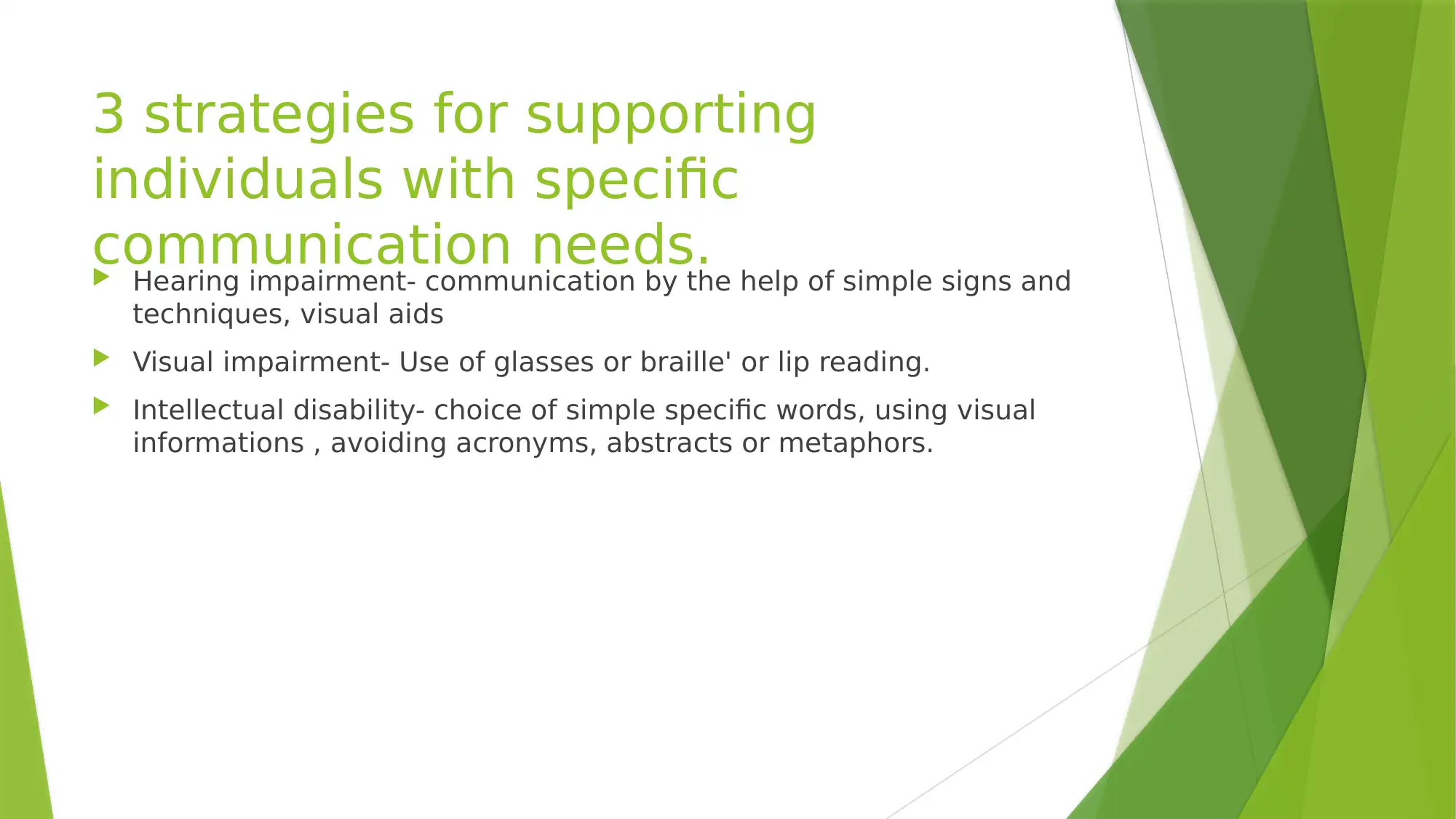
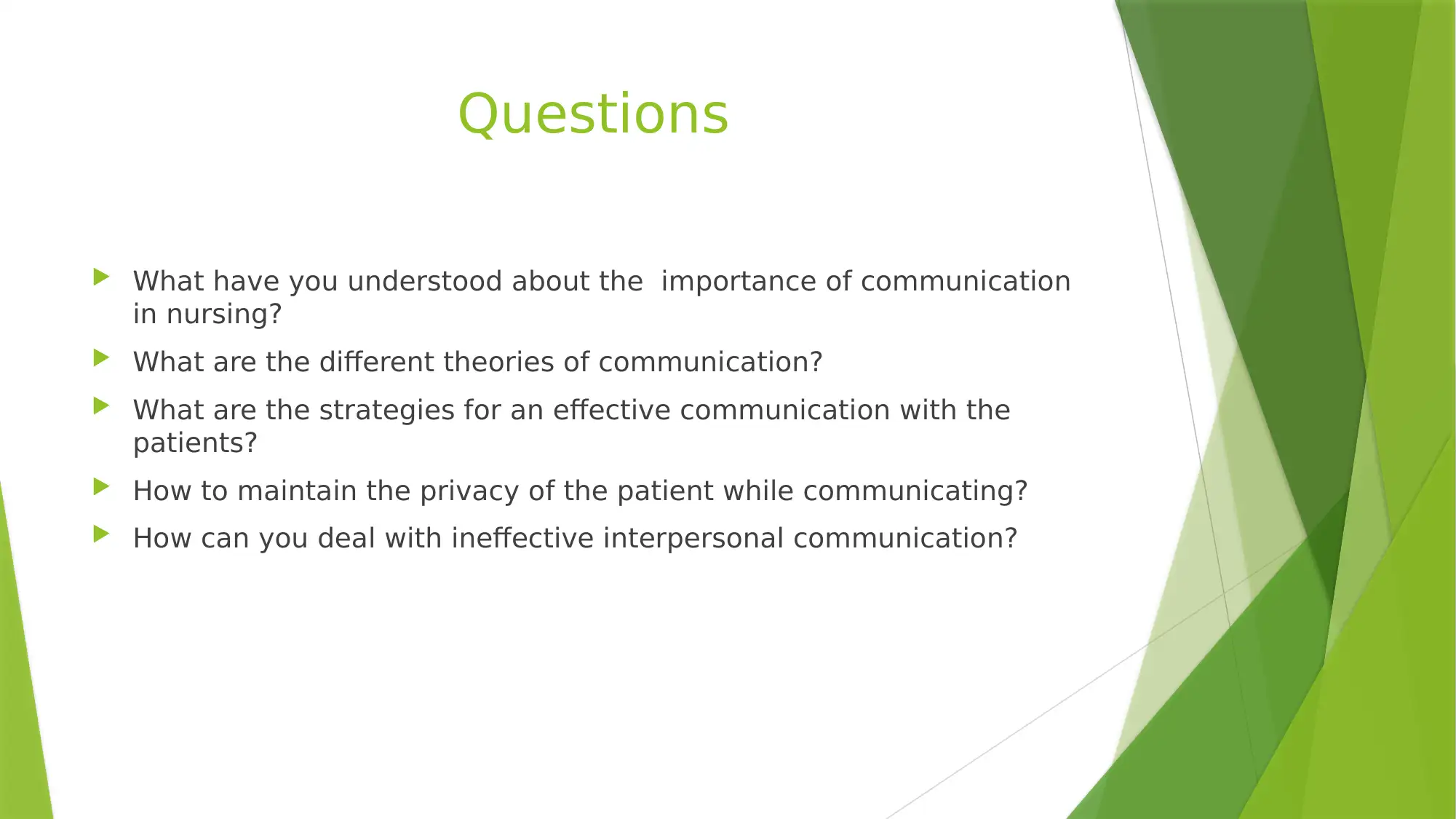
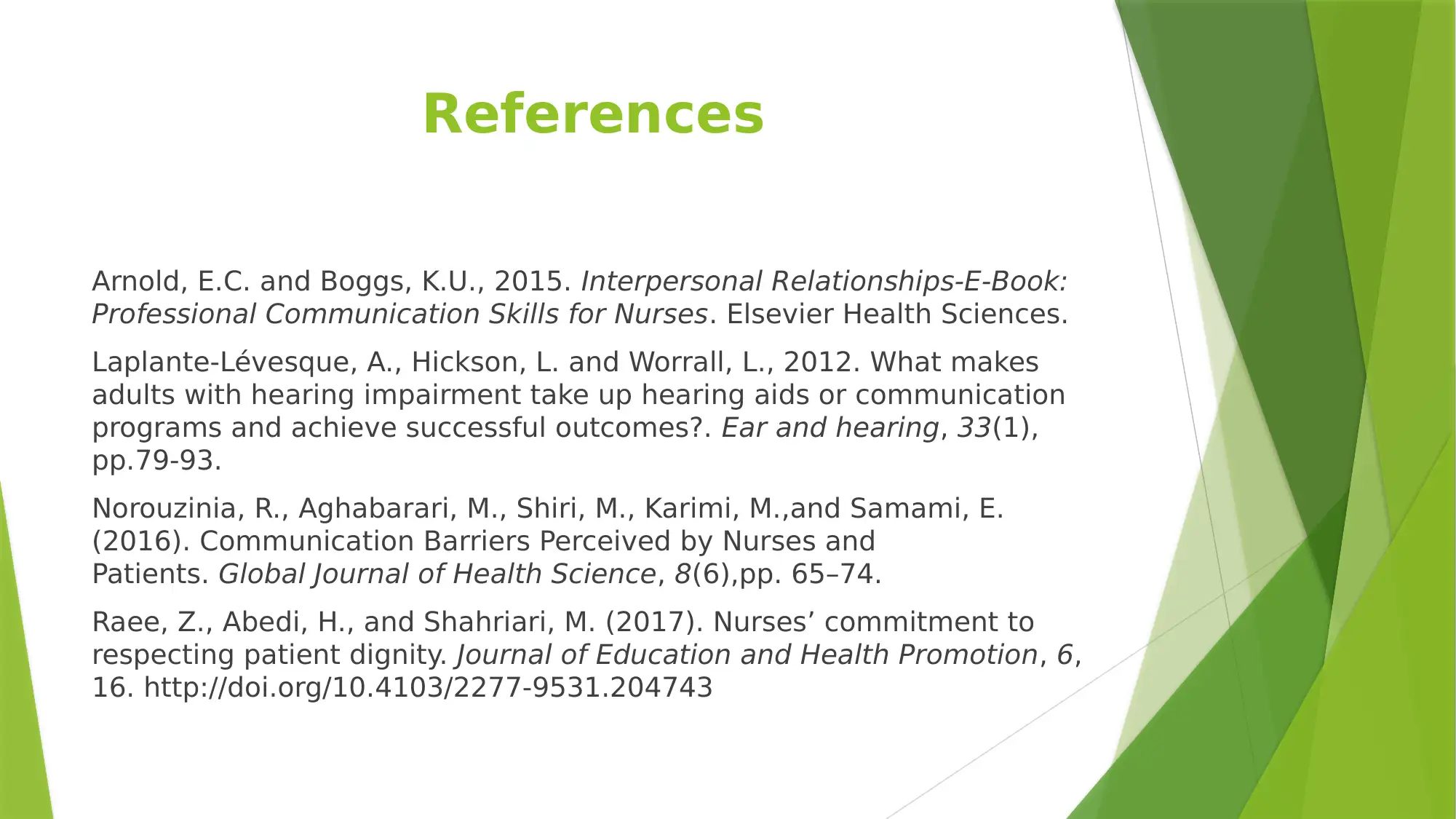




![[object Object]](/_next/static/media/star-bottom.7253800d.svg)